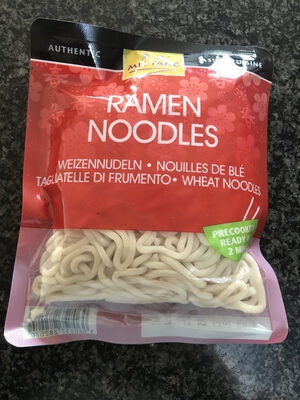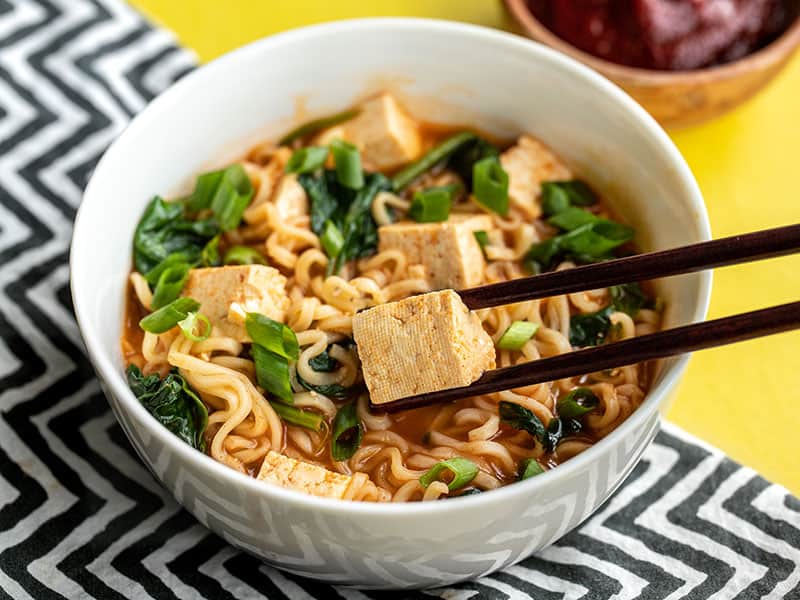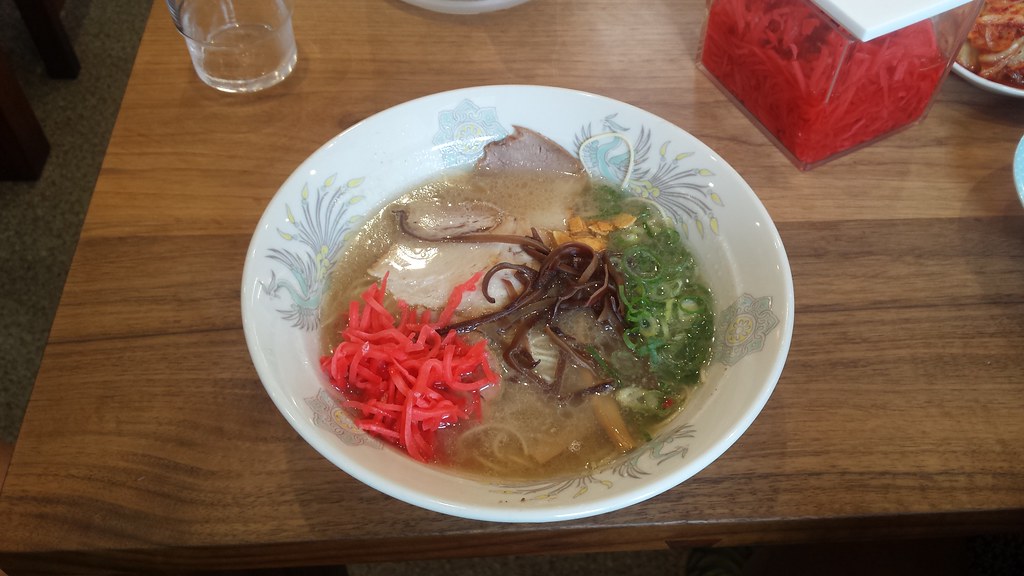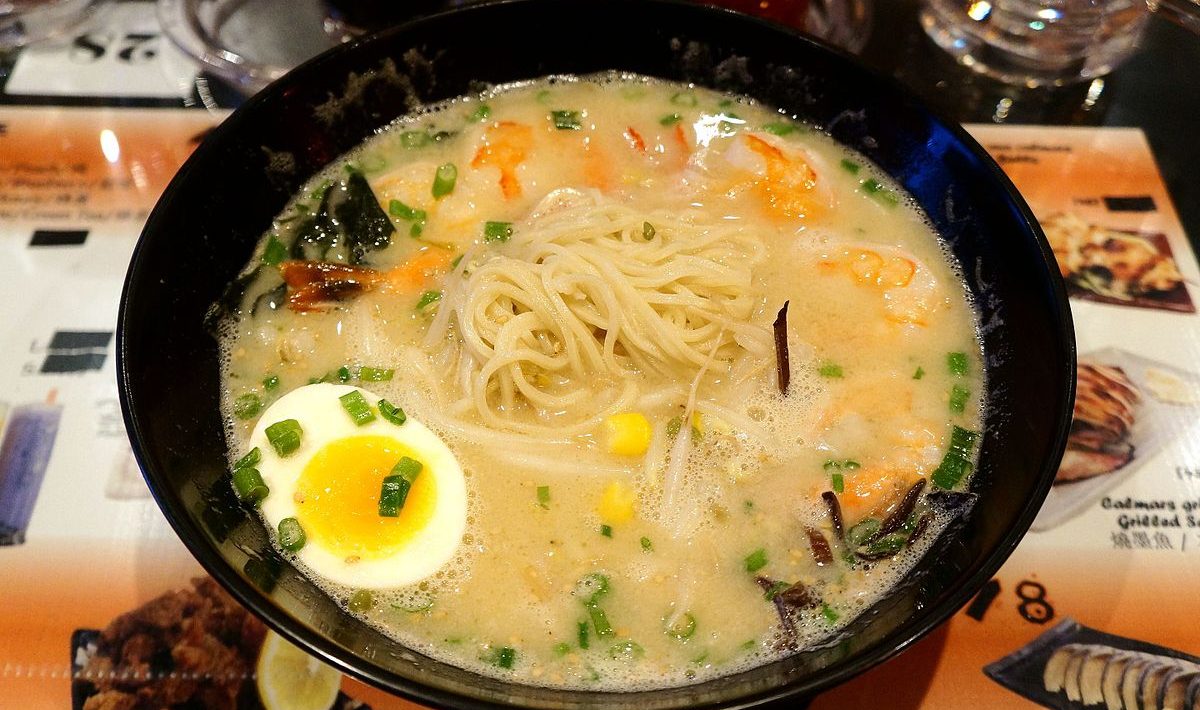Having a bowl of hot ramen noodles provides the comfort that nothing else can. Noodles are a food item that people of all ages prefer to eat. A variety of noodles are available all over the world. From Chinese noodles that originated in China to Maggi that originated in India, different types of noodles are eaten by people.
When we say ‘noodles’, they are not limited to long strips rolled out from the dough. The word ‘noodles’ implies all the mouth-watering dishes made by using noodles as one of the core ingredients. The same is the case with Japanese ramen noodles.
Originally imported from China and being evidence of the influence of China on Japan, ramen has become a popular dish in all parts of Japan. Ramen is a noodle soup prepared with hundreds of variations depending on the local culture and ingredients. The noodles used in this dish are called Ramen noodles. The dish typically has noodles, broth, seasoning, and toppings.
Before finding out what can be the interesting toppings for ramen, let’s understand the other components of the dish. Broth can be made from meat, chicken, pork, or vegetables. The seasoning usually contains a wide range of spices, such as onion powder, garlic powder, ginger, salt, black pepper, white powder, parsley, and thyme leaves. Those who want to make this dish more flavorful opt to add extra spices, like red chile flakes, cumin, cinnamon, curry powder, etc.

Ramen noodles are made from wheat flour, water, and edible oil. The word ‘Ramen’ is used to refer to both ‘noodles’, and ‘noodle soup’. Common toppings used for the ramen dish are boiled egg, green onion, black sesame seeds, and coriander. Ramen noodles are available in the market in packaged form. They can be cooked instantly. To meet the specific needs of customers, gluten-free noodles are also manufactured these days.
Try These 10 Best Toppings for Ramen Today
Table of Contents
When it comes to choosing the toppings for Ramen, there are numerous options. You might have noticed fancy toppings while eating ramen noodles or ramen noodle soup at outside eateries. While preparing ramen at home, you can experiment with different toppings to take your ramen dish up a notch. We have curated a list of the 10 best toppings that can be used for ramen noodles and ramen noodle soup.
- Kamaboko
- American Cheese
- Bean Sprouts
- Tofu
- Chashu
- Frozen Vegetables
- Kimchi
- Pickled Ginger
- Togarashi
- Fermented Bamboo Shoots
Kamaboko is a Japanese steamed fish cake made from surimi, which is filleted and minced meat. The pieces of fish cake are small pieces with jagged edges. The color of kamaboko is white, but there are pink swirls in the center. This soft and chewy fish cake has many variants, one of which is ‘Narutomaki’.
Although it seems like a simple topping, most people don’t think about using it when preparing ramen. Cheese enhances the taste, flavor, and texture of every dish to which it is added. You need to put sliced American cheese in your bowl of ramen noodles or ramen noodle soup. Let it melt completely in the broth, and enjoy the dish!
Those who want to use vegetarian ingredients as toppings for ramen should certainly go for bean sprouts. You can use raw or cooked mung bean sprouts for your dish. Along with being a nutritious ingredient, sprouts are also good in taste. They will add color, flavor, and crunch to your ramen noodles or ramen noodle soup.

Often neglected by many people, tofu is a great option for ramen topping. As it has a huge proportion of protein, you can consume it to increase your protein intake if you are on a vegetarian or vegan diet. If you have prepared vegetarian broth for your ramen noodle soup, then tofu can increase the taste and nutritional value.
When it comes to toppings for ramen, chashu can never get too old or too boring. It is indeed one of the most classy and popular options for ramen topping. Chashu is nothing but a braised or simmered piece of pork. The pieces are thin in size and cut from the fatty fork.
Whether you cook daily or rarely, you must have some kind of frozen vegetables in the freezer compartment of your refrigerator. You can use frozen carrots, green beans, spinach, corn, peas, and many other vegetables. Just take the frozen vegetables out from the freezer and defrost them by pouring warm water over them. Then, add them to the broth of your ramen noodle soup.
Everyone knows the wonderful health benefits of the fermented Korean food Kimchi. You can try using different types of kimchi as toppings for ramen. Kimchi is made from vegetables like napa cabbage, cucumber, and radish. The salty taste of kimchi can make your ramen taste delicious.

As the name suggests, pickled ginger is nothing but ginger preserved in a solution. Here, the solution used is called ‘Umezu’. The sour and pungent taste of pickled ginger changes the overall taste and flavor profile of ramen noodles or ramen noodle soup.
The list of best toppings for ramen is incomplete without including togarashi. This Japanese spice blend made from seven (7) different spices makes your ramen noodles and ramen noodle soup spicy. Generally, the spices that are used in the togarashi spice blend are Sichuan peppercorns, ground ginger, chili peppers, dried seaweed, dried orange peel, poppy seeds, and sesame seeds. Both white and black sesame seeds are used.
Known as ‘Menma’ in Japanese, fermented bamboo shoots are strips of bamboo shoots. These strips are dried and fermented bamboo strips. The process known as ‘Lacto-fermentation’ that involves yogurt and sourdough bread is used for making menma. These bamboo shoots have a unique taste and crunchy texture.
The list mentioned above is not just a tip of the surface as you can potentially find hundreds of products that can be used as toppings for ramen. You can choose the toppings depending on whether you are a vegetarian or non-vegetarian as well as many other factors, like taste preferences and so on.
Final Thoughts
You can consume ramen noodles or ramen noodle soup anytime you want, including lunch, dinner, and brunch. If you want to please your taste buds, try to be creative while picking toppings.

